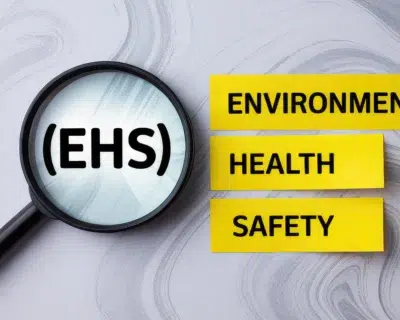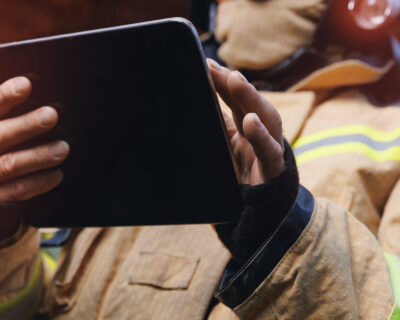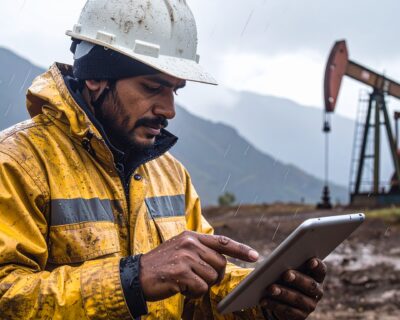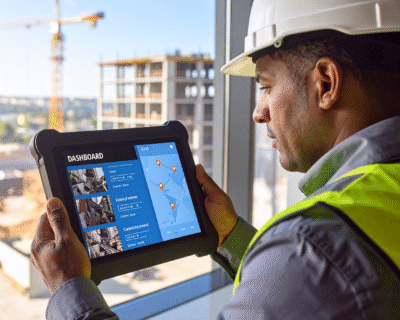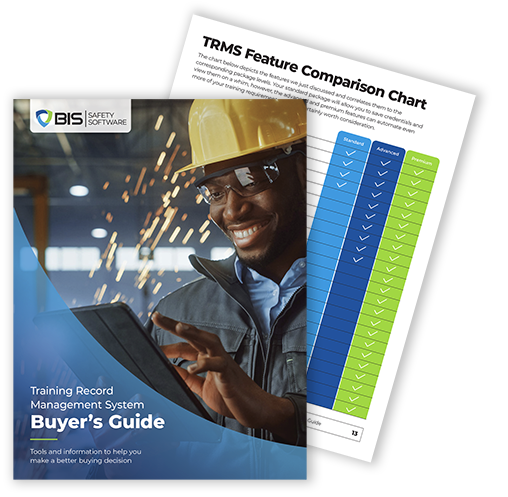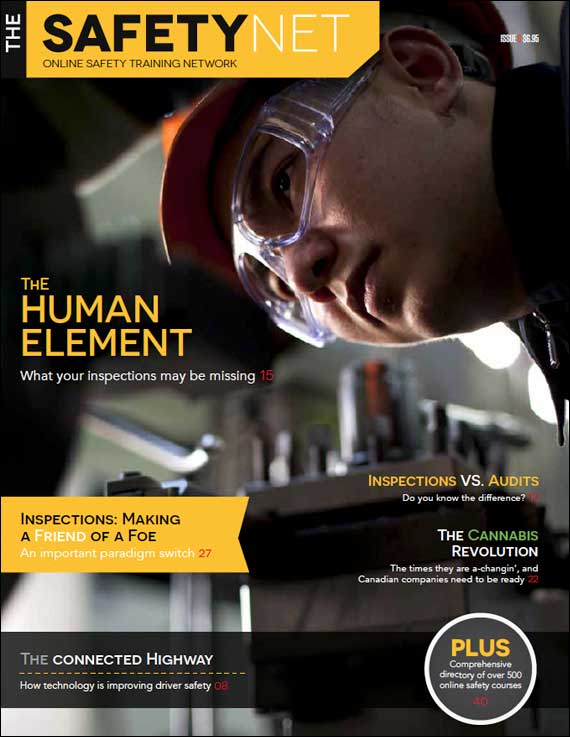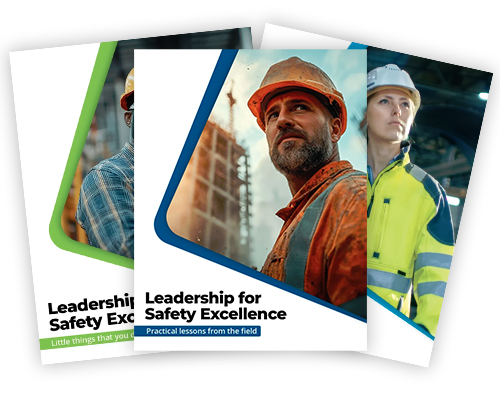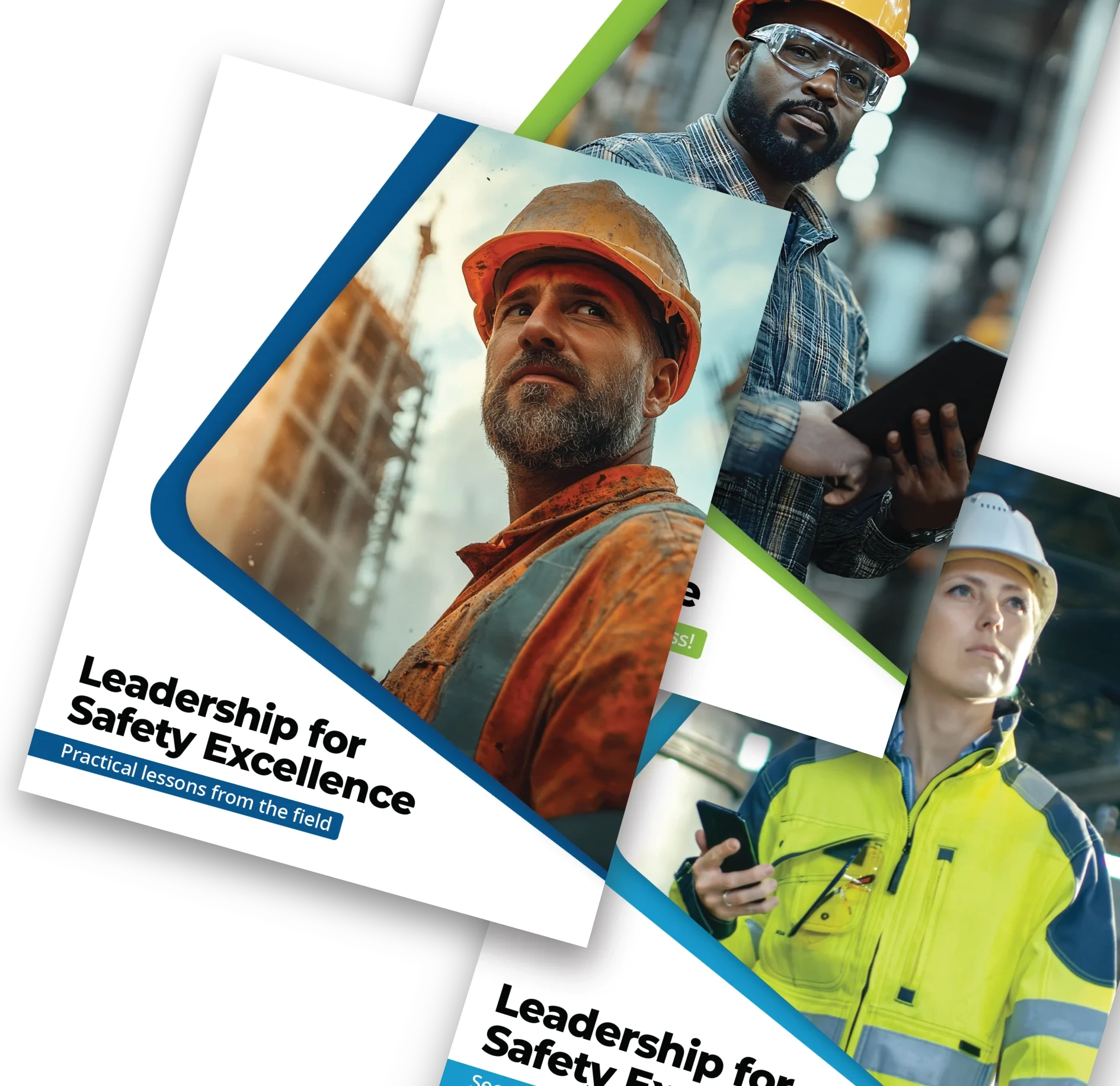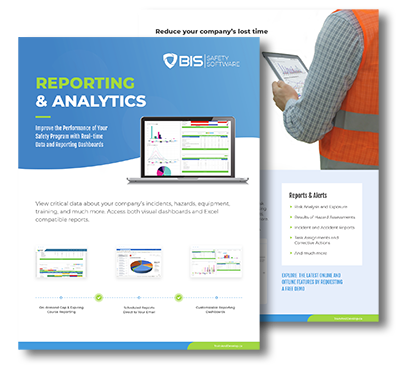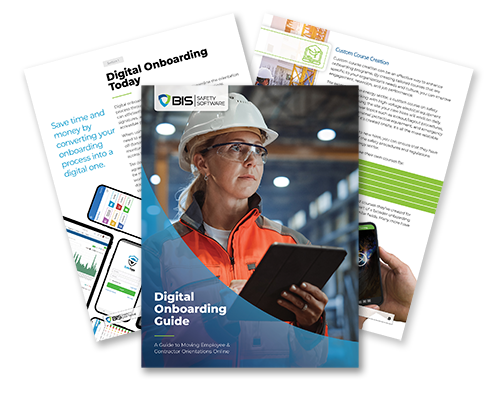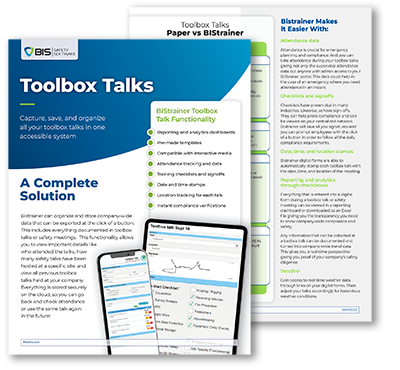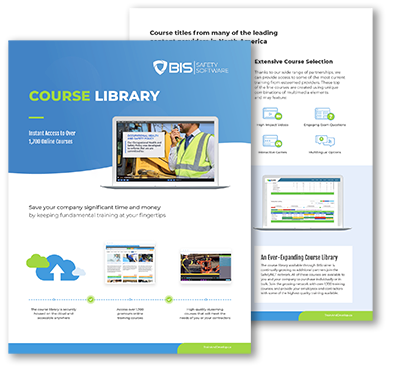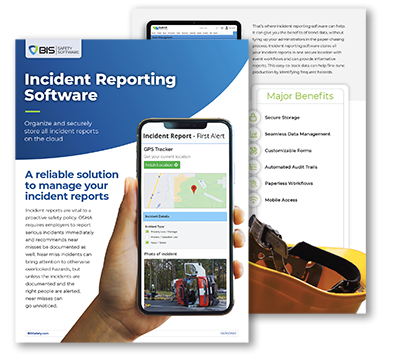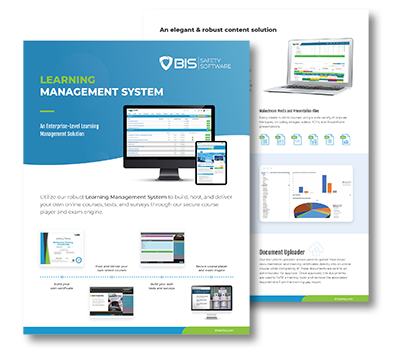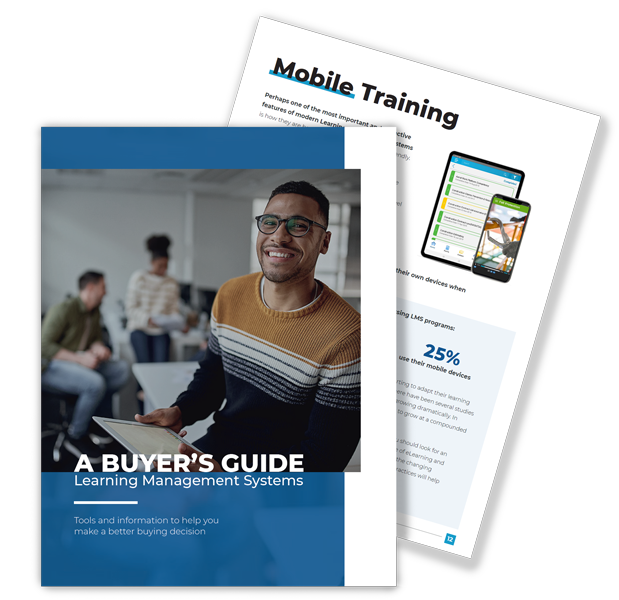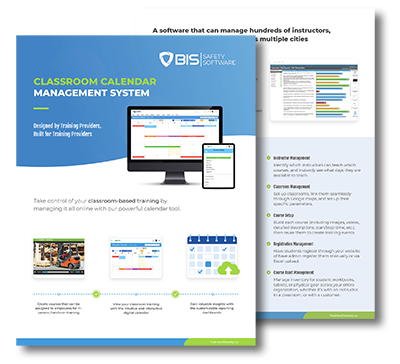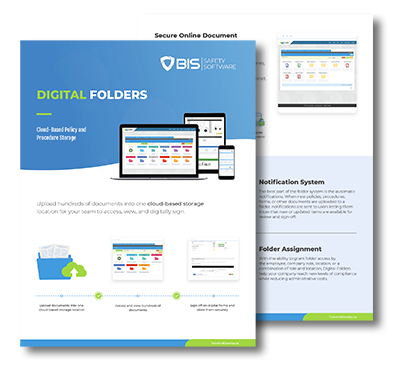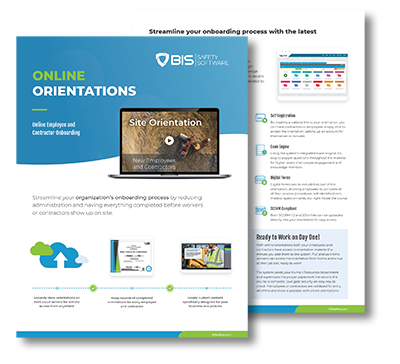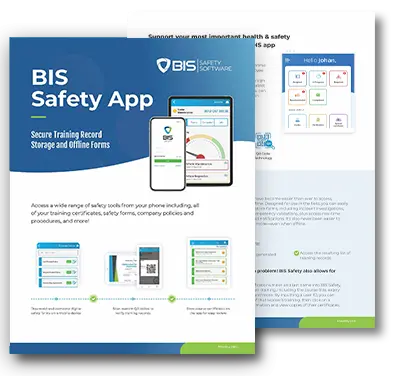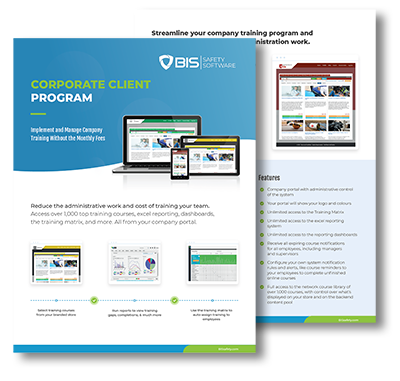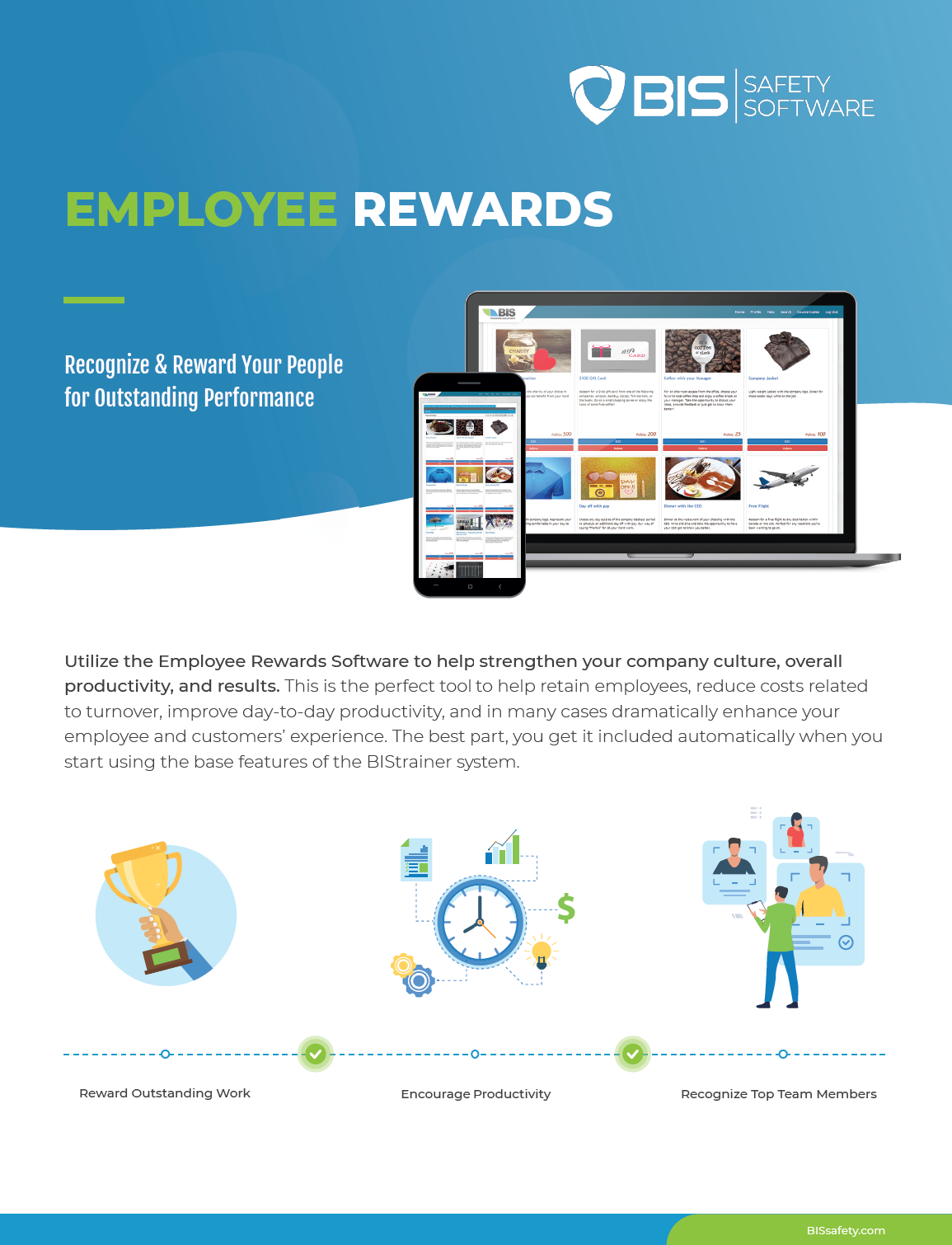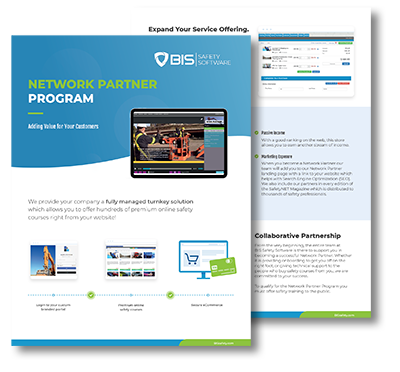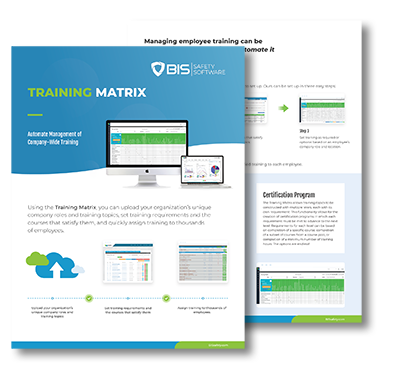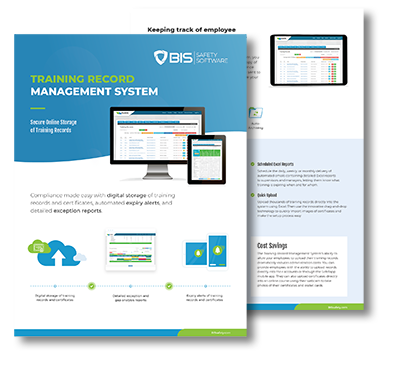
Ditch the Hero Story—Safety Is a System, Not a Superpower
Everyone loves a good hero tale. One guy notices something off. He steps in. Crisis averted. Cheers all around.
Sounds great—until you realize your safety plan is built on luck and not logistics.
Hero Worship Makes for Cool Movies, Terrible Job Sites
Real safety isn’t a single act. It’s a habit. A rhythm. A system.
When everything goes right, it’s not because one worker caught the issue. It’s because the team had a process that made catching the issue automatic. Routine. Like tying your boots or locking out a machine.
Systems don’t skip steps. People do. Especially when they’re exhausted, stressed, or on a tight deadline.

“At the end of the day, we still have to be responsible for our own personal safety. You can’t eliminate all risks… but being deliberate about your training puts you in a mindset where it makes it very, very difficult for you to actually get injured.” —Allan Moore
Failures rarely start with bad luck. More often, they begin with broken systems—missing procedures, weak training, or a culture that quietly rewards corner-cutting. A solid safety framework makes doing the right thing easy—and expected.
Experience Can’t Carry the Load Alone
Veterans of the field all have “that one time” they barely dodged disaster. Close calls. Narrow escapes. It’s not experience that saved them. It’s that experience plus something else—a structure that caught them before they fell.
Jeremy Desilets nailed it:
“Safety isn’t the job of the safety officer. It’s everyone’s job. Safety people should be mentors, not cops.”
Dr. Johanna Pagonis agreed:
“You can have the best systems and checklists—but if your people don’t feel empowered to speak up, to challenge, to care—your system is broken.”
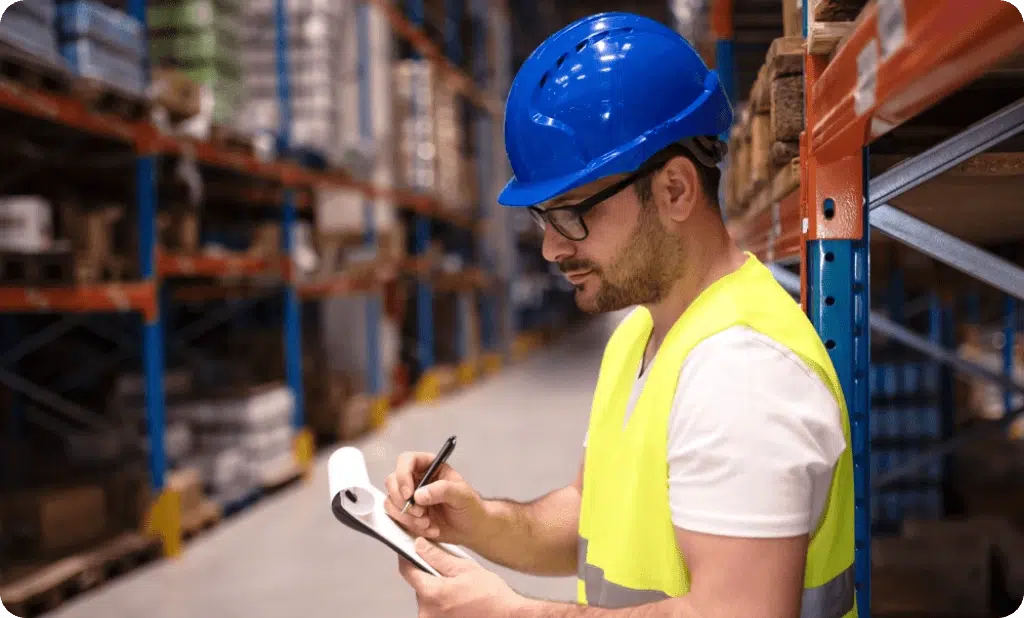
Jennifer Lastra added another dimension:
“Even your best trainer is going to have their off days… But if the learners can’t relate—whether it’s mentally picturing what they’re talking about or physically having been there—there’s just a massive disconnect.”
Training is critical. So is culture. So are checklists. No one thing is enough.
Forget Capes. Build Systems
Robin Postnikoff at MI Safety knew better than to rely on theory alone. His courses end with hands-on evaluations—because knowledge without proof is just trivia.
Guy Martin took over a broken safety system at the District of Peachland. Instead of pointing fingers, he started fixing. He tracked training, mapped tasks, and wrote real procedures. One by one, he built trust and systems that stuck.
“Culture is about inclusion. It’s about allowing everyone to have influence. Respect them… you’re not going to do that by directing people. You’re going to do that by including them.” —Jeff Mulligan
The real magic? Inclusion. When workers help build the rules, they buy into them. Ownership beats enforcement every time.

No Backup Plan = No Safety Plan
Let’s cut to it: if your site stays safe only because Joe’s been around 20 years and knows every trick, you’re playing with fire. What happens when Joe’s out sick? Or retires? Or misses that one tiny detail?
That’s not safety. That’s gambling. Want a Safer Operation? Start Here:
- Build systems. Not superheroes.
- Make safety universal. Not one person’s problem.
- Teach people to speak up. Then actually listen.
- Validate skills with action. Not just e-learning.
- Keep procedures fresh. Don’t let them rot on a shelf. Prep for chaos—not just routine.
- Celebrate safety. Not just speed.
- “We try to design the workplace, the equipment, the system to actually optimize the human… not only are they healthy and safe, but they’re actually more productive.” —Dr. Linda Miller
Safety isn’t flash. It’s structure. It’s systems. And that’s what saves lives. So stop waiting for a hero. Build a damn good system instead.


